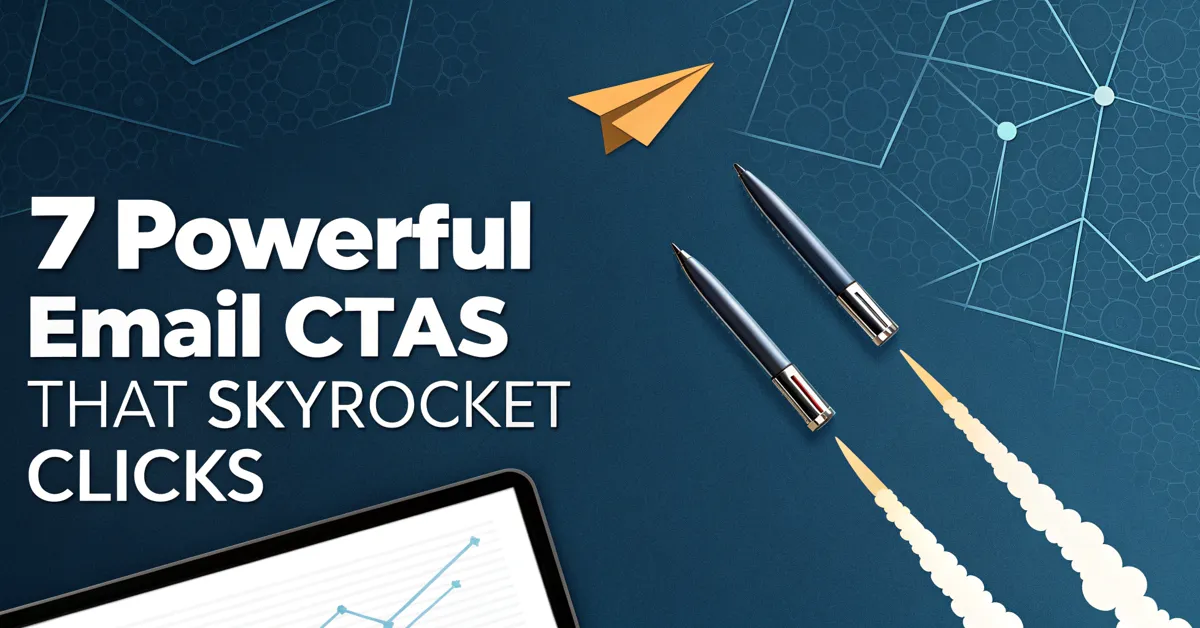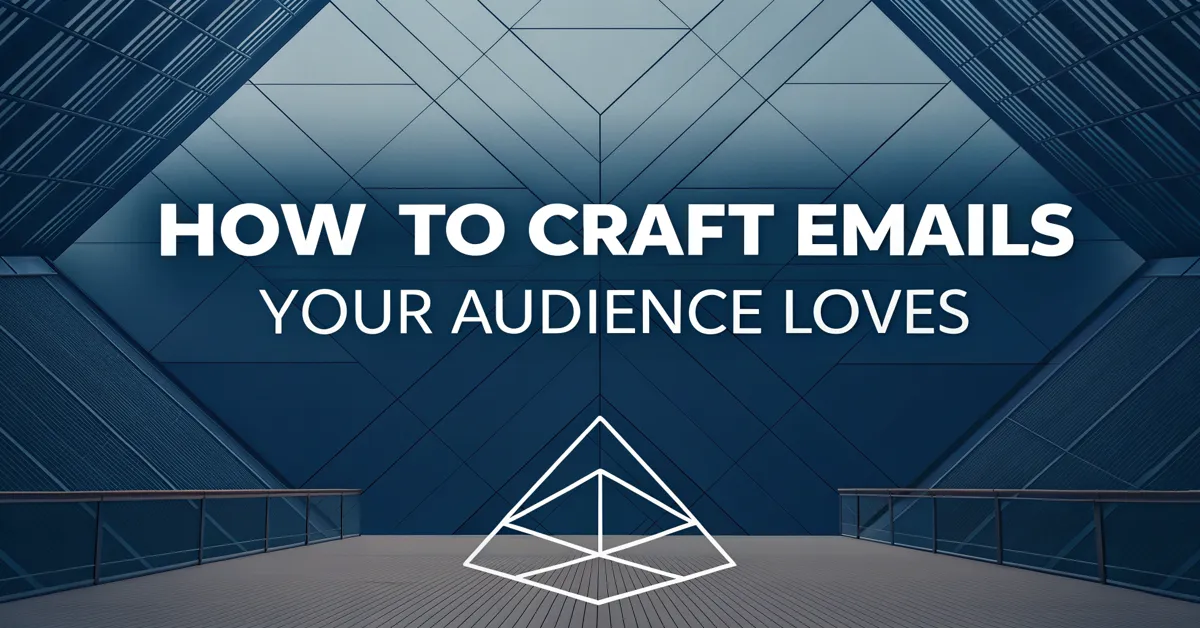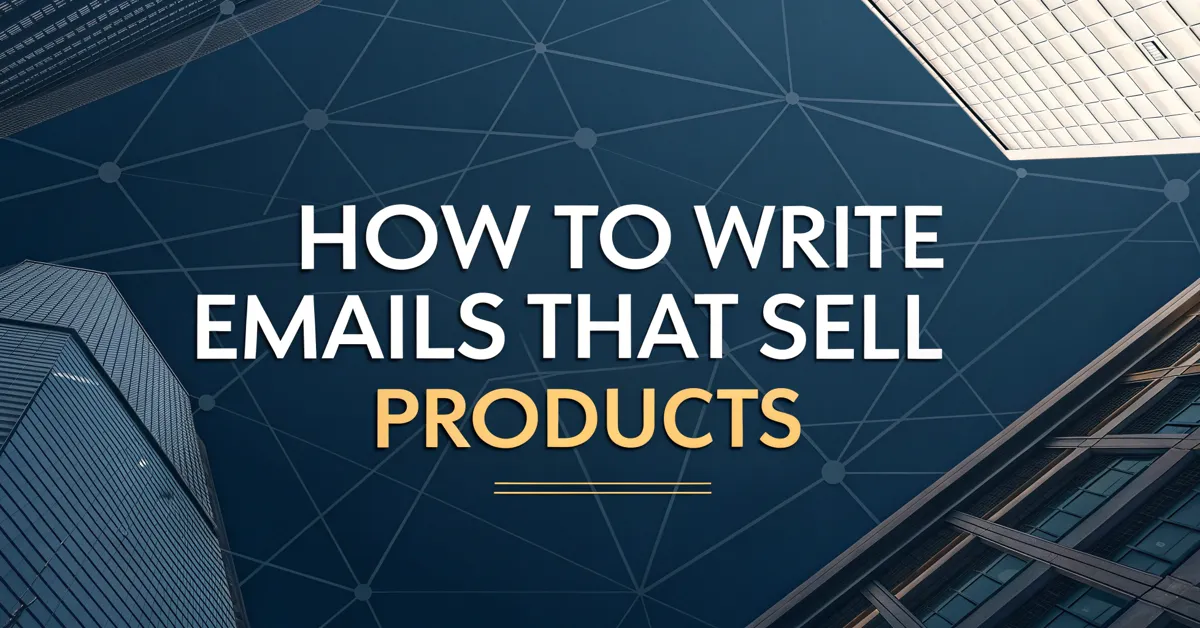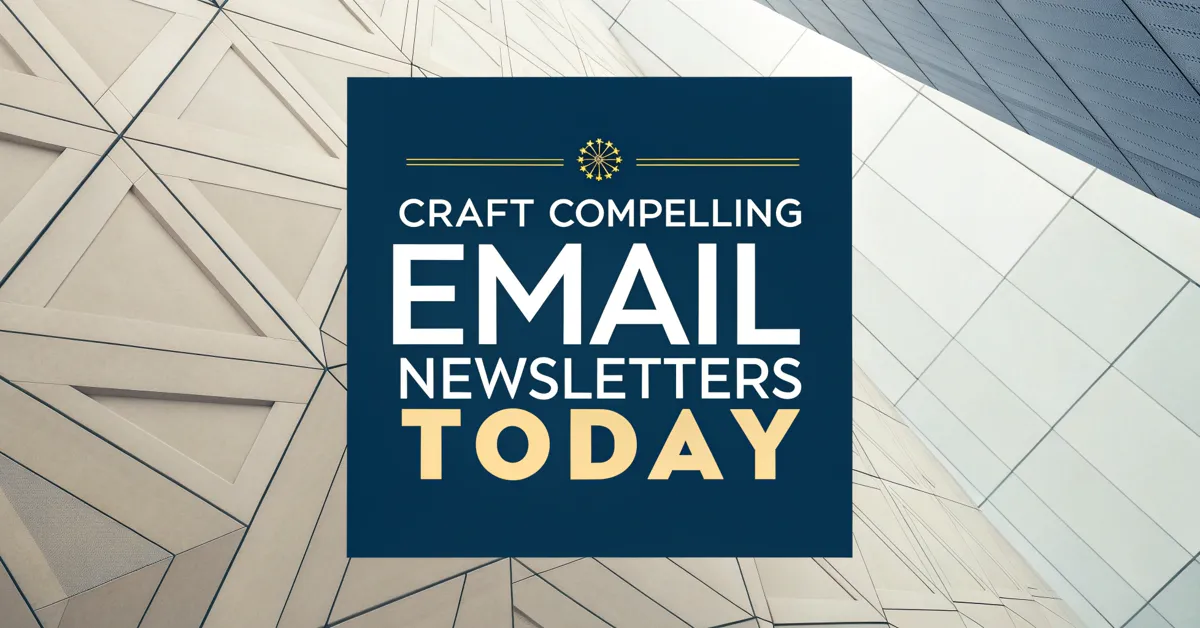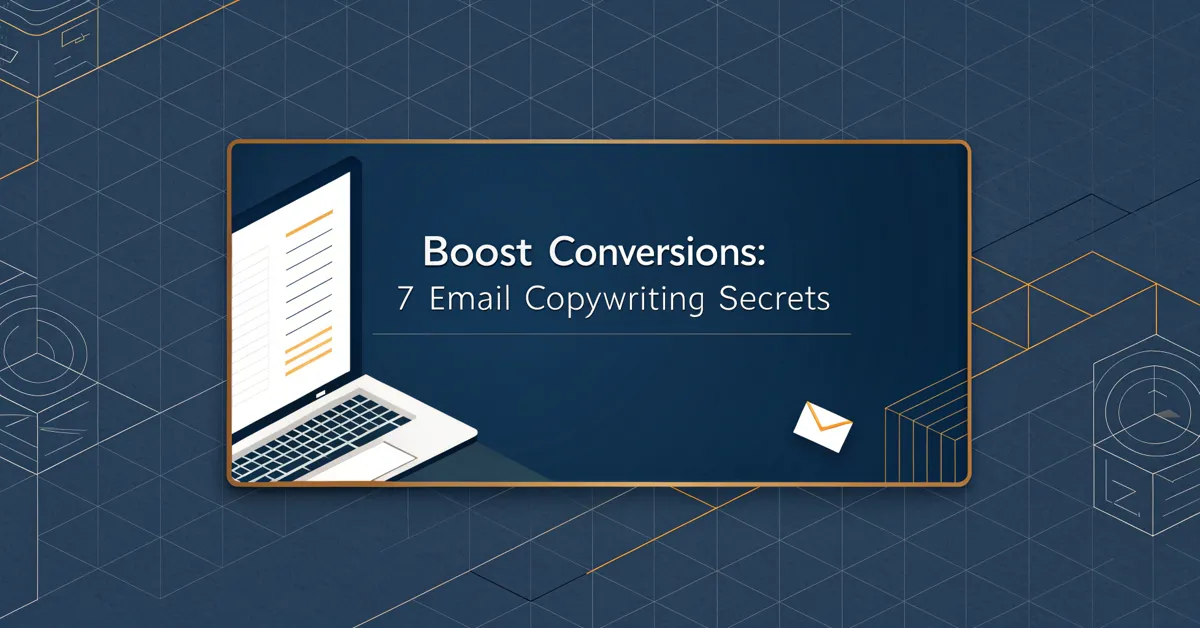Want to make your email campaigns pop? It all comes down to your calls to action (CTAs). You might have the best copy in the world, but if your CTAs don’t move folks, you’re not getting clicks. And clicks, after all, are what we want. These little buttons or links are the make-or-break point for your emails. They’re the bridge between a passive reader and an active customer.
So, how do you craft email CTAs that don’t just sit there, but actually get clicked? You need to move beyond the same old “Shop Now” and “Learn More”. It is time to get more creative and make your CTAs magnets for clicks. Let’s dive into seven kinds of CTAs that can boost your email click rates.
The Power of a Strong Email CTA
First, it helps to know what a good CTA can do. A strong email CTA is direct and clear, and it also creates a want. It’s like a gentle nudge that guides your reader to the next step. It’s not about forcing someone to act; it’s about showing them the clear benefit of doing so.
Consider how much work goes into crafting an email campaign. You’ve chosen your audience, made your content, and set up your design. The CTA is the point of truth. It’s where all that effort either pays off or goes to waste. This is not the time to be vague or lazy with your wording. A well-crafted CTA acts as the finish line for a reader. It shows them the way, and gives them a reason to move.
A simple change to the words on a button can greatly increase clicks. It might seem like small stuff, but a CTA is a huge deal. It is the final act of your email. So let’s make sure it counts.
7 Powerful Email CTAs That Skyrocket Clicks
Here are seven types of email CTAs that can make a big change in how many people click your emails:
1. Benefit-Driven CTAs
Instead of just telling people what to do, show them what they’ll gain. Benefit-driven CTAs play into a want. They don’t just say, “Click Here;” they say, “Get Your Free Guide” or “Unlock Your Discount.” These CTAs tell your reader exactly what good stuff awaits them after they click.
When you make a CTA about the gain instead of the action, you’re playing with how people think. They’re more likely to click if they see value. They’re not just clicking a button; they’re getting something they want. Here’s an example of the power of these CTAs:
Poor CTA: “Download Now”
Better CTA: “Get My Free Ebook”
The second option is better. It makes it clear that a free ebook is on the other side of that click. This approach works well because it’s all about what your readers get.
Here are a few key points to use in benefit-driven CTAs:
- Be Clear: Your readers need to know, right away, what they are getting when they click.
- Highlight Value: What is the main gain? Focus on it. Make it the central point of your CTA.
- Be Specific: Instead of a simple “Learn More,” think about the specific value. For example, “See how you can save 20%”.
Benefit-driven CTAs are more than just action points; they are promise makers. And who doesn’t like a good promise?
2. Urgency-Based CTAs
Add a bit of pressure, but make it a good kind of pressure. Urgency-based CTAs make use of time-sensitive wording. They push people to act now, not later. Words like “Limited Time Offer,” “Ends Tonight,” or “Last Chance” can move people to click sooner.
It’s simple psychology at work. When people see that something is going away soon, they’re more likely to jump on it. It is the idea that they might miss out. No one likes to feel like they’ve missed a deal. When using urgency, do it with care. It has to feel real. If you fake it, you’ll lose trust with your audience.
Here are a few ways to craft these CTAs:
- Use Time-Based Words: Words like “Now,” “Today Only,” and “This Weekend” are your best bet.
- Show a Countdown: A countdown timer in your email gives a real sense of passing time, which pushes more clicks.
- Be Real: Only use urgency if there’s a real deadline. Otherwise, your readers will stop trusting you.
Use urgency, but don’t abuse it. A bit of pressure can work wonders to get clicks, but too much will hurt you.
3. Curiosity-Driven CTAs
These CTAs pull at the reader’s sense of what they want to know. They don’t spell everything out, but hint at something. They make the user ask, “What’s this?” or “What happens next?” Words like “Discover,” “Reveal,” or “Uncover” can do this well.
When you use curiosity, you make your readers a part of the experience. They’re not just passive receivers of info; they become active explorers. This type of CTA makes people want to click to get the answers to the questions in their heads.
Here are some tips on how to use these CTAs:
- Don’t Give It All Away: Give just a bit of the story in your copy, and then use a CTA to get the rest.
- Make a Question: Use a CTA that asks a question. For example, “Want to know the secret?”.
- Use Intriguing Words: Words that invite curiosity can make your CTA more clickable. Think words like, “Behind the scenes,” or “Exclusive view,” etc.
Curiosity can be a powerful force. So try using it to make your CTAs very clickable.
4. Personalized CTAs
Personalized CTAs make the user feel special. They’re not just part of the masses. This approach can go a long way. They make readers see that the email is just for them. The more you get to know your audience, the better your personalization will be.
When it comes to email marketing, simple personalization can go a long way. A bit of personalization creates connection, and that connection gets clicks. It shows that you understand your readers and their wants.
Here’s how to make a personalized CTA:
- Use the Reader’s Name: If you can, add their first name into the CTA text.
- Show Content Based on Past Activity: Offer CTAs that fit their past purchases or actions with you.
- Segment Your Audience: Segment your email list to make sure your CTAs are as relevant as possible.
Personalization is about making your readers feel seen. And this can increase your clicks.
5. Social Proof CTAs
Social proof is key for clicks. It’s a way to show that other people trust your product or service. It can be as simple as using phrases like “Join Thousands of Happy Customers” or “See What Others Are Saying.” These types of CTAs help create trust and get users to follow the crowd.
Social proof makes use of a basic idea: people tend to do what other people are doing. It is a fact of our lives. When we see others are happy with something, we are more likely to try it too. Using social proof is a smart way to make your CTAs more effective.
Here are a few tips to use social proof in your CTAs:
- Add Numbers: Quantify the people who are happy with your product or service. For example, “Loved by 10,000 Users” is good social proof.
- Add Reviews: If you can, show short customer reviews near your CTA.
- Show Awards: If you won awards or have big names that work with you, use these to show social proof.
Social proof is a powerful way to show your value. It gives your readers that little push that gets them to click.
6. Question-Based CTAs
These CTAs turn the action into a question. They cause the readers to think, and engage. They’re more than just statements. Instead of “Learn More,” try “Ready to Learn More?” This tiny change can make a big difference in how many clicks you get.
When you ask a question, you’re making your audience think. They have to stop for a second and answer. They get more involved, and it is that involvement that drives clicks. Instead of a simple command, you’re having a short chat.
Here’s how to make effective use of question-based CTAs:
- Ask a Simple Question: Use a question that your readers can answer with a yes or no.
- Make It Relevant: Make sure the question matches what is in the email.
- Make It Easy to Answer: The question should not be hard for the reader to answer. They should be able to answer the question without overthinking it.
Question-based CTAs change the way people read your emails. And when done right, it gets more clicks.
7. Direct Command CTAs
Sometimes, simplicity is the best path. Direct command CTAs leave no doubts about what needs to be done. They’re to the point, easy to understand, and get clicks. Phrases like “Shop Now,” “Sign Up,” and “Download Here” make it very clear what the reader is to do.
Direct command CTAs work because they remove all guess work. They’re clear and easy to understand. These CTAs are best for use when you have a clear offer, and you need your readers to act fast.
Here are a few points to use this tactic correctly:
- Be Direct: Tell them what to do with no extra words.
- Use Action Verbs: Start with verbs that push action, such as “Buy,” “Get,” or “Start.”
- Keep It Short: Don’t let extra words get in the way. Keep it brief.
Direct command CTAs work because they’re simple. And in the world of email marketing, sometimes the simple route is the smartest one.
How to Test Your Email CTAs for Optimal Performance
So you’ve learned about seven types of powerful email CTAs. It is time to learn to test them. A/B testing is the best way to find out what works for your specific audience. You need real data to make the best choices.
A/B testing involves showing two versions of your email, each with a different CTA. You then study the data to see which performs better. Over time, this practice can help you learn your audience’s preferences. It also helps you choose the most effective CTAs.
Here’s how to perform A/B tests on your CTAs:
- Pick one CTA element to test: You should only test one thing at a time. It can be the text, the color, or the button size. This is key, as it keeps the data clean.
- Split your email list: Set up your email platform to send half of your list one version, and the other half, the second. The lists should be random and of equal size.
- Study your results: Watch how each email version does for a given time period. Use metrics like click-through rate (CTR) to find the winner.
- Make choices based on data: Choose the CTA that does better, then test something else. Over time, this approach can greatly improve your campaign performance.
- Test new ideas: Never stop learning about new ways to improve. The world of email marketing changes fast. You always need to stay one step ahead.
Testing allows you to turn educated guesses into facts. This is very important, as it keeps you from making big mistakes. What might work well for others may not always work best for you. So it’s key to always test and refine.
The Importance of Email Design and Placement of CTAs
The wording of your CTA is very important, but it’s not the whole story. Design and placement matter too. A well-crafted CTA that is poorly placed is not very effective. It is not enough to simply use a good CTA phrase. It must also be easy to find and click.
The look and feel of your CTA needs to align with your goal. If it is too small, your users might miss it. If it is not easy to click, it will drive readers away. Here’s a quick breakdown:
- Make it easy to click: Buttons are better than links, mostly on mobile devices. Your fingers need some room to click, especially on a small screen.
- Use strong colors: Make your CTA stand out by using a contrasting color. Use your brand colors, but make them pop.
- Place above the fold: Try to place your CTA where it can be seen without having to scroll. It’s very important to have it in sight as soon as a user opens your email.
- Leave space around the CTA: A CTA that has too much going on around it is hard to find. Make sure it has space, so it is easy to see and click.
Design and placement are part of the total CTA experience. It is where the words and the visual meet. Use these points to make sure your CTAs are both seen and clicked.
Turning Clicks into Conversions
Getting the click is just half the job. The other part is to get those clicks to turn into real conversions. It means you have to ensure that what comes after the click is smooth and easy. This is called the post-click experience. It is very important.
Here are a few ideas to ensure a smooth ride for your users:
- Match your landing page: The page you send users to must match what they expect. It should align with the CTA they clicked. If the CTA promised a free ebook, make sure they get a free ebook.
- Make navigation easy: Once they are on your page, it should be simple for them to move around. Your page must be clear, easy to see, and well organized.
- Remove hurdles: The fewer actions someone has to do, the better. Reduce the number of steps required to make a purchase or sign up for something.
- Keep your messaging clear: The message on the landing page must match the copy in your email. It’s all about ensuring a seamless process from your email to your desired action.
Converting clicks into actions is the final step in a successful email campaign. Make sure that this last step is a good one. Don’t let a bad user experience ruin all of your hard work.
Taking Your Email CTAs to the Next Level
We’ve looked at seven kinds of email CTAs that can boost your click rate. We have looked at testing, design, and the post-click experience. You now have a clear idea of how to make your CTAs more effective.
So how do you make sure that you are taking your CTAs to the next level? It all comes down to keeping an open mind and always learning. Here are some parting thoughts:
- Always keep learning: The digital marketing landscape changes fast. Always learn and stay updated.
- Use data to guide you: Make your choices based on data, not just feelings. A/B tests are key to your success.
- Keep things simple: At times, the simple route is best. If it works, don’t fix it.
- Test different styles: There are no set rules. Try different styles and see what works best for you. Don’t be afraid to take chances.
Email CTAs are the heart of any successful email campaign. They are the final push that can turn a reader into a customer. Keep refining and keep getting better. With a strong CTA, your emails will get more clicks, and that is always a good thing.
